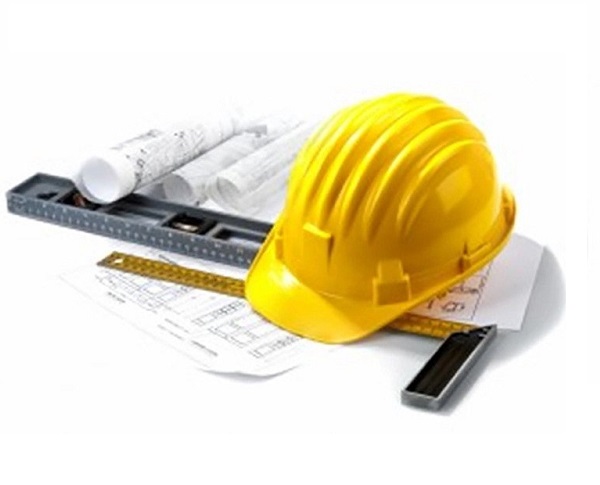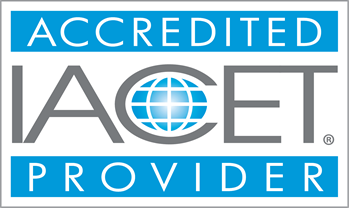Free Course
OSHA 30 Hour in Construction Safety and Health
The OSHA 30 Hours in Construction Safety and Health program is designed specially to improve workers' knowledge of safety. The course offers managers and employees training on how to identify, alleviate, prevent, and minimize workplace injuries brought on by a lack of safety awareness. Additionally, the OSHA 30 Hours in Construction Safety and Health course will also educate you on how to plan for the future, be aware of your responsibilities, and defend your rights.
Course Modules - (27)
Our OSHA 30 Hours in Construction Safety and Health
program is a top-notch training program developed by OSHA that offers a
thorough and advanced degree of safety training to anyone working in the
construction sector. It does so by delving into the principles of health and
safety. The specialty of our OSHA 30 Hours in Construction Safety and Health
program is that it gives participants the knowledge and expertise they need to
manage hazards, guarantee compliance, and promote an atmosphere of safety. If
you are someone who wants to prioritize workplace safety and succeed in the
construction industry, this training is definitely for you. Enroll now and join
us on this journey towards a safer, healthier construction site!
Learning Outcomes:
- Understand safety protocols in the workplace.
- Recognize potential hazards and mitigate risks.
Completion Requirements:
- 100% appearance for the course
- Fully involvement in all class trainings (determined by instructor)
- Completion of Continuing Education and Training Registration Form
- Completion of mandatory quiz assessments
- As applicable, attainment of least passing score on required end-of-course examination
- Participation and submittal of end-of-course assessment form (must provide name on form to obtain credit)
Students may request IACET CEU credit upon successful completion of the course, provided all required criteria are met. This option is available for those who wish to receive official recognition of their continuing education.
Online OSHA classes tend to be more cost-effective than in-person courses. You can save on travel expenses, lodging, and other associated costs, making online training a more budget-friendly option. Additionally, online courses can often be completed more quickly than their in-person counterparts, as you can work through the material at your own pace and without the constraints of a fixed class schedule.


